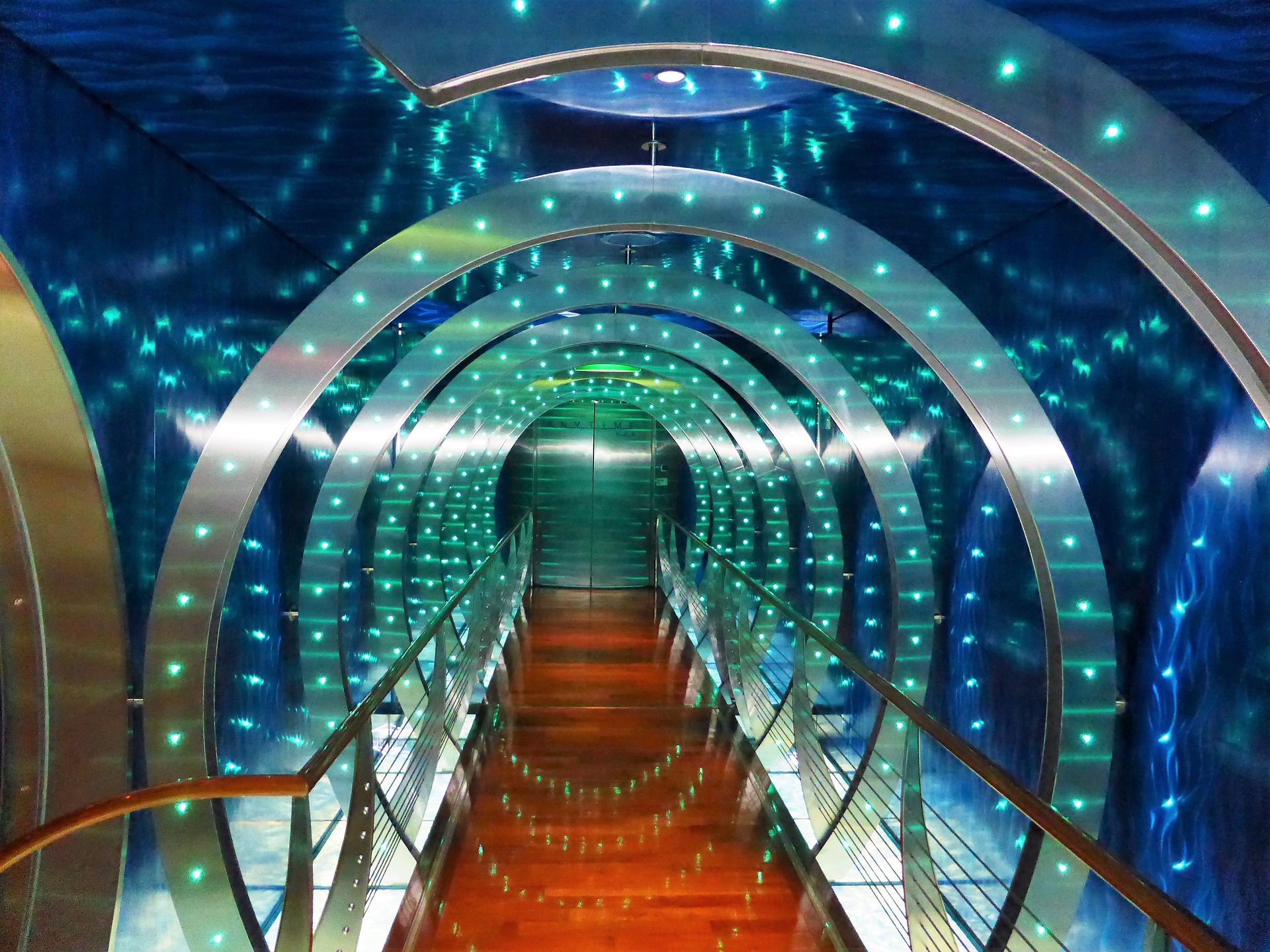The decision to illuminate your commercial space with LED lights is a bright move towards energy efficiency, cost savings, and creating an inviting environment. However, the vast array of options in the LED lighting market can be overwhelming. In this post, we will illuminate the key factors to consider when choosing Led Commercial Lights, ensuring that your lighting solution aligns perfectly with the unique needs of your business.
Assess Your Commercial Space
Begin by understanding the specific requirements of your commercial space. Consider factors such as the size of the area, the nature of activities conducted, and the desired ambiance. This initial assessment will serve as a foundation for making informed lighting decisions.
Determine the Right Color Temperature
The color temperature of LED lights significantly impacts the mood and functionality of a space. For commercial settings, a neutral white light with a color temperature ranging from 4000K to 5000K is often ideal. This range strikes a balance between brightness and a comfortable working or shopping environment.
Check the Color Rendering Index
Color accuracy is crucial in commercial spaces, especially for businesses showcasing products or merchandise. Look for LEDs with a high Color Rendering Index (CRI), preferably 80 or above. This ensures that colors appear true to life under the lighting, enhancing the visual appeal of your space.
Evaluate Lumen Output
Lumen output determines the brightness of the light. Consider the size and purpose of different areas within your commercial space to determine the required lumen output. Task-oriented areas may need higher lumens, while ambient or decorative lighting may require less.
Choose the Right Fixture Type
LED fixtures come in various types, each serving different purposes. Consider the aesthetics and functionality of your space when choosing fixtures. Whether it’s recessed lights for a sleek look or pendant lights for a decorative touch, select fixtures that complement your commercial environment.
Dimming Capability for Flexibility
Opt for LED lights with dimming capabilities to provide flexibility in adjusting brightness levels. This feature is particularly useful in commercial settings where the lighting needs may vary throughout the day or for different events.
Evaluate Longevity and Warranty
LED lights are known for their long lifespan, but the actual duration can vary. Check the manufacturer’s specifications for the expected lifespan of the LED lights. Additionally, choose products that come with a warranty, providing assurance of reliability and support.
Consider Maintenance Requirements
LED lights generally require less maintenance than traditional lighting sources. Assess the maintenance requirements of different LED products to minimize operational disruptions and associated costs in your commercial space.
Check Compatibility with Controls
If you plan to implement lighting controls or automation systems, ensure that the selected LED lights are compatible. This compatibility enables advanced lighting management, enhancing energy savings and overall efficiency. Saving more on your energy bills will save you in your monthly expenditures.
Conclusion
Choosing LED commercial lights involves careful consideration of factors such as color temperature, CRI, lumen output, fixture type, dimming capabilities, energy efficiency, longevity, maintenance, and compatibility with controls. By taking these aspects into account, you can make informed decisions that not only illuminate your commercial space effectively but also contribute to energy savings and a positive atmosphere for your customers and employees alike. Brighten your business with the right LED commercial lights tailored to your unique needs.
